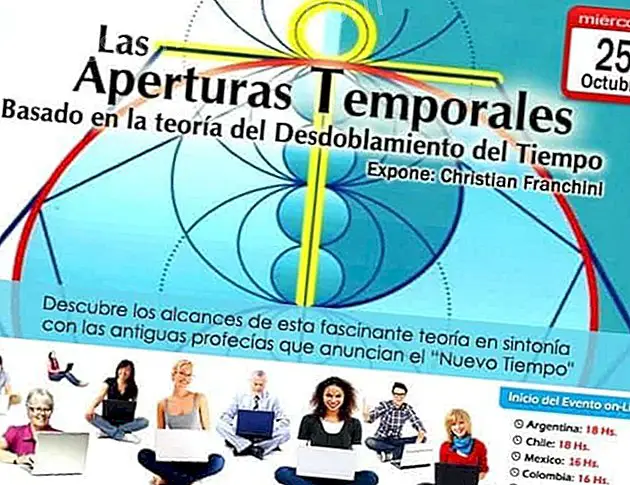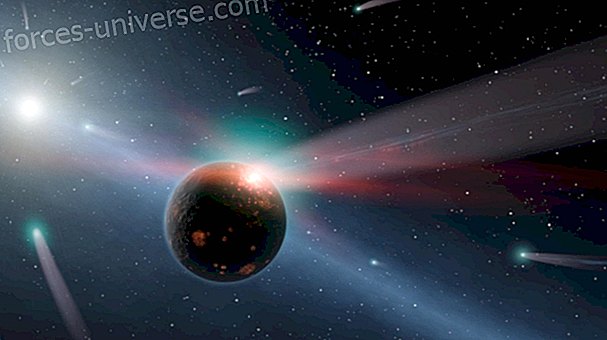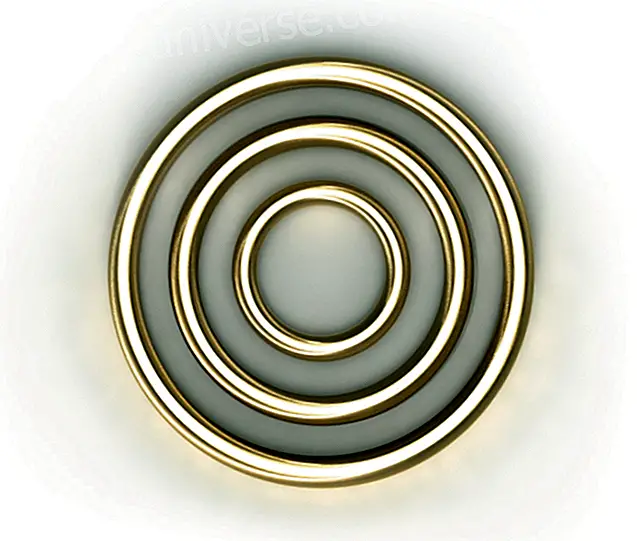 “When I realized that ancient wisdom had been passed down from generation to generation for thousands of years and yet it had reached our days almost unchanged, I regretted having started too late to give legends of antiquity the immense meaning that I now understand that they really have. ”- George Gurdjieff
“When I realized that ancient wisdom had been passed down from generation to generation for thousands of years and yet it had reached our days almost unchanged, I regretted having started too late to give legends of antiquity the immense meaning that I now understand that they really have. ”- George Gurdjieff
This site continues where Gurdjieff stopped. We apply their development methods to the wisdom of the ancients. By deepening our understanding of ourselves we relive the legacy of our ancestors and, by reviving the legacy of our ancestors, we deepen our understanding of ourselves.
Distortion perpetually threatens understanding. Each era builds coffers to preserve its wisdom through the floods of time. What would the ark of our time look like?
Tie your own ship to ours and let's embark.
The Fourth Way The Fourth Way is a path, a path. As such, it can only be understood by experience. The "system" as presented by Gurdjieff and Ouspensky, is an expression of the twentieth century of the Fourth Way, but it is not the path itself. It helps describe this "path" to people who are not familiar with it, sketching its character and flavor. It is a distant approximation of the thing itself. By the way, Gurdjieff and Ouspensky were eventually forced to leave the system they would teach so completely, once they found their students losing themselves in capricious debates about the system at the expense of crossing the road. The system began to block the road.
Consequently, it would be in vain to add more systematic explanations to the already existing volumes about the system. However, much less has been expressed about the Fourth Way as tradition, as influence. However, for one who crosses the Fourth Way, it is crucial that he gradually become familiar with the great tradition of which he is a part; to connect with something greater and greater than himself. Below, we will discuss the tradition of the Fourth Way, of which Gurdjieff was an agent of the twentieth century.
“You cannot say that this system is the Fourth Way; the Fourth Way is very large and this system is very small in comparison… ”–Del Cuarto Camino, p.106
Gurdjieff and the Hermeticism?
The system, as Gurdjieff presented it, was not man-made. While Freud formulated psychoanalysis by his own observations and Darwin formulated evolution by his own studies, Gurdjieff's system could not have been conceived by a single man or a group of people, because his purpose had been instantly defeated. That purpose is to elevate the human to the superhuman. The human mind has definite limits, beyond which it cannot jump, and any system that claims to push man above itself must originate beyond the limitations of man.
That " beyond " does not concern the newcomer to the Fourth Way too much. It will become more evident when you progress along the path. Gurdjieff calls it " higher mind, " a source of "objective knowledge." Objective knowledge means knowledge of the objective principles that govern the universe. In this respect, the Fourth Way follows the hermetic principle of How it is above is below and of How it is inside is outside: it outlines the fundamental laws that govern any cosmos and from there sheds light on the microcosm man. It does not belong to anyone, it has not originated from anyone and, therefore, will not end anyone's death.
The ancient fountains of Gurdjieff
Consequently, Gurdjieff presented his system, not as his own invention, but as an ancient tradition. It was not an exotic compilation he had patched during his travels in the east. It existed completely before he had found it - by the way, thousands of years before he had found it - and it had passed from one era to the next for people who had practiced its principles. This is a crucial point to keep in mind when approaching the Fourth Way, because in our time, it is naturally associated with the man who presented it in the twentieth century. While Gurdjieff could have claimed the exclusivity of knowledge that only he seemed to possess, he did not, and for a specific reason. The Fourth Way, by definition, must have originated from the top down, or could not live with its own claims of objectivity.
As it is above it is below | As it is inside it is outside
“The formula 'As above is below, ' from the Emerald Tables of Hermes Trismegisto… [took] an analogy between the microcosm man and the macrocosm: the universe. The fundamental laws of the triads and the octaves that penetrate everything must be studied simultaneously both in the world and in man. –De In search of the miraculous (p. 287)
As it is above it is below implies that it is impossible to study man without studying the universe, and that it is impossible to study the universe without studying man. The superior and the inferior reflect each other, and man can only learn certain things about himself by observing the outside world. Hence, the Fourth Way is organic: a formulation of the basic laws that govern man, nature and the universe.
Man does not need to delve too deeply into the major or minor cosmos in order to understand his. In this regard, Gurdjieff highlighted another prerequisite for the proper use of the Fourth Way: that man first of all be studied and that he use the knowledge of the major or minor cosmos only as long as his knowledge of himself increases. Modern science neglects this principle completely, directing its approach to larger or smaller worlds while losing sight of man; Modern psychology is mistaken for the other extreme, focusing on man and neglecting his resemblance to the larger and smaller cosmos that surround him.
Know yourself
“Another formula - Know yourself - is full of particularly deep meaning and is one of the symbols that lead to the knowledge of the truth. The study of the world and the study of man help each other. When studying the world and its laws a man studies himself, and when studying himself he studies the world. De In search of the miraculous (p. 287)
The call to knowledge of yes is ancient. Know yourself, usually attached to Socrates, it originates from the earliest recorded teachings. The knowledge of oneself is not flattering, and man tends to study nothing more than himself. But based on the hermetic principles cited above, man's ignorance of himself is the basis of his ignorance of everything. In order to know something, man must first know himself.
To the knowledge of yes, Gurdjieff introduced the principle of relativity: that the value of any knowledge had to be determined by its relevance to the knowledge of yes. Man had to observe the other cosmos only in relation to himself and, in the same way, he could reject any study that had no impact on his knowledge. Relativity introduces the valuation of knowledge acquisition and investment of efforts.
Another objective aspect of the Fourth Way was unity and multiplicity. Knowledge means knowing everything, said Gurdjieff, citing an ancient aphorism. Knowing a part means not knowing. To know everything, one must know very little. But to know that little one must know a lot. Hence, the purpose was not to know everything at all, but to know that epoch quintessence that involved everything at all.
The Fourth Way is, finally, a practical path that promises its adherents a genuine change of consciousness. It is not about learning more, but about becoming more. To pass the gap between knowledge and wisdom, practice is required, and for frequent practice, brevity is required: the transition from words to deeds. Prolonged awareness demands effort moment by moment, the ability to sustain one's own purposes beyond a passing desire or an associative alarm clock. Practical work uses words to transcend words.
The memory of yes
Not one of you has noticed the most important thing that I have pointed out to you not one of you has noticed that you do not remember. (Gurdjieff gave a particular emphasis to these words.) You do not feel yourself, you are not aware of yourself. With you, that observes as you speak, think, laugh. You do not feel: I observe, I notice, I see. Everything is even noted, it is seen. In order to truly observe oneself, one must first remember oneself. De In search of the miraculous (p .124)
The memory of yes is the bridge between knowledge and wisdom . It is an effort to be aware of oneself in the present, to depart from any imaginary world in which one may have dug a moment ago and return to reality. It is an instant inner reorganization: it is to push the mechanical thoughts and emotions towards the bottom while bringing the Higher Self itself to the front, remembering Himself.
Gurdjieff introduced the memory of himself in one of his first conversations with his Russian students, inviting them to share what they had seen when observed. None had noticed the most important fact: they were not remembered. Ouspensky, who narrates this discussion, begins to experiment with the self-remembering and then realizes his key role in the work towards consciousness.
Here, as before, Gurdjieff borrows and translates an ancient practice. The Upanishads were an extensive treatise on Being, which needed to be remembered and brought to the front. Sufism speaks of the "Remembrance of God" in terms very similar to the subsequent expression of Gurdjieff. But the term "God" has lost its meaning in the twentieth century, too deeply associated with religious connotations that prevent people from relating to it in a practical way. Gurdjieff translated the old systems into an appetizing language for the modern western man.
Hence the difference between the system and the Fourth Way; While the system is the expression of Gurdjieff of the twentieth century, the "Fourth Way" is the sum of all past and present expressions of this path, the long body of tradition that appeared and disappeared on the stage of humanity.
Gurdjieff's presentation of the roads
The earliest expressions of the Fourth Way did not call themselves "Fourth Way." Gurdjieff called "Fourth Way" his presentation to distinguish it as one of the four possible ways of awakening. All four lead to the same end: the awakening of consciousness, becoming real, being capable of Being. The spiritual paths that lead to the same goal, however, may differ in character, like the different paths that lead to a similar destiny.
We will not expose ourselves on the three paths to avoid deviating from our main focus. These are well described in " In search of the miraculous ." What is not clearly emphasized there, however, is that, while Gurdjieff presents three archetypes of human-based paths, this is true only in theory. In practice, any path proves to be a mixture of the three, with the center of gravity in one of them. The Fourth Way differs from these in that it strives to harmoniously mix the other three and work on all aspects of man simultaneously.
We say "strive" because that is the idea. Normally, however, a teaching will begin as a " Fourth Way " and will evolve to emphasize one aspect of others. It may gradually assume an emotional, religious nuance, or it may gradually assume an intellectual, academic one. This seems to have happened both in the teachings of Gurdjieff and Ouspensky, in which each one began in a similar place but gradually gravitated towards an emphasis closer to his own natural tendency; for Gurdjieff it was the physical movement, for Ouspensky the intellectual discussion.
Gurdjieff and the place of man in the universe
A fundamental aspect of the Fourth Way, absent in most modern spiritual practices, is that the spiritual evolution of man must be linked on a larger scale than that of man. Man does not evolve solely for his own benefit. It is generally not supposed to evolve spiritually, but serves organic purposes, for which its normal undeveloped condition is sufficient. Evolution is a rare exception, it is going against the flow, an escape from the general law.
The reason for spiritual evolution to be possible, at all, is for its benefit to a higher cosmos. Parallel to the downward movement of universal growth - of the endless physical expansion of the universe - there is an upward movement toward consciousness, for which a minority of conscious individuals is indispensable. These are the wide and narrow paths that the gospels mention and which Gurdjieff compared with acorns in a field. Of the billions of acorns that occur each year, how many ripen to be trees?
The Fourth Way is, then, exclusive by definition. It is not for everyone. He doesn't flatter anyone. Nor is it a road where you can travel without enthusiasm. It is a last resort, a path for those who are disillusioned with everything else, who have searched and have not yet found. It is a path for disappointed people who know too much, who know they have nothing to lose.
“… As regards the real truths, undoubtedly understandable, genuinely objective that I will give birth in the third series, I intend to make them accessible exclusively to those who, among the listeners of the second series of my writings, are selected by specially prepared people according to my considered instructions. ”–De Tales of Belcebú his grandson (Third book, p. 428)






